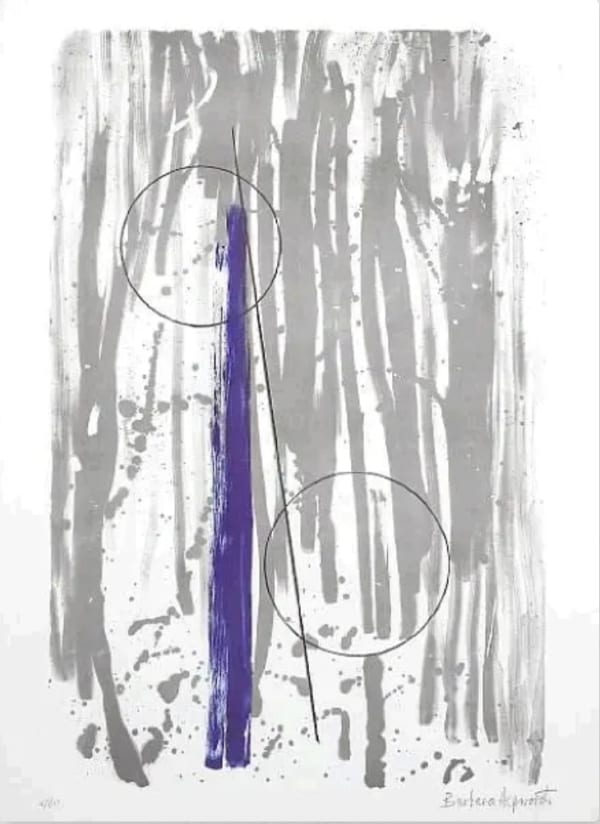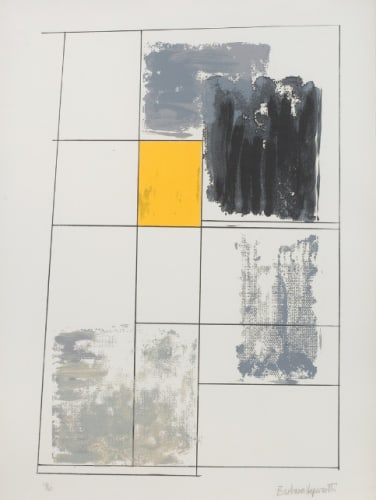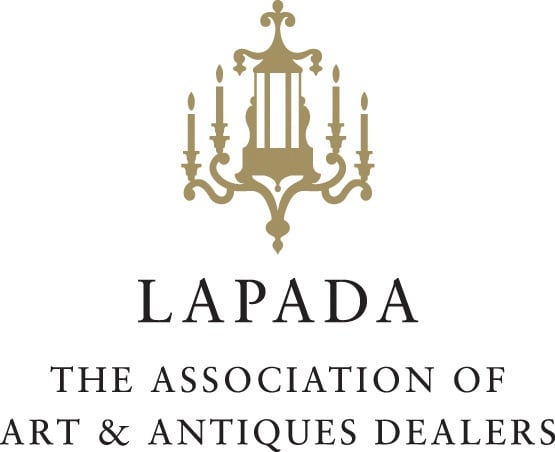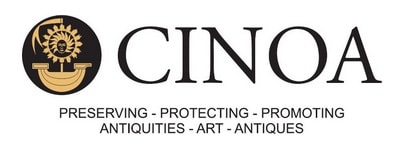Barbara Hepworth
-
 Barbara HepworthGreen Man, 1972screenprint, edition of 20074 × 54 cmsigned
Barbara HepworthGreen Man, 1972screenprint, edition of 20074 × 54 cmsigned -
 Barbara HepworthAssembly of Square Forms, 1970screenprint on TH Saunders wove paper77.5 × 58.1 cmsigned
Barbara HepworthAssembly of Square Forms, 1970screenprint on TH Saunders wove paper77.5 × 58.1 cmsigned -
 Barbara HepworthRangatira II, 1969screenprint on Sounders mould-made paper
Barbara HepworthRangatira II, 1969screenprint on Sounders mould-made paper
signed76 × 57.5cm -
 Barbara HepworthTwo Marble Forms, Mykonos, 1969lithograph, edition of 60
Barbara HepworthTwo Marble Forms, Mykonos, 1969lithograph, edition of 60
signed82 x 58cm
Public Collections: Tate Galleries -
 Barbara HepworthForms in a Flurryscreenprint, edition of 60
Barbara HepworthForms in a Flurryscreenprint, edition of 60
signed77.4 x 58.5cm
Dame Jocelyn Barbara Hepworth (10 January 1903 – 20 May 1975) was a pioneering English artist and sculptor. Her work exemplifies Modernism and in particular modern sculpture. Along with artists such as Ben Nicholson and Naum Gabo, Hepworth was a leading figure in the colony of artists who resided in St Ives during the Second World War.
Born in Wakefield, Yorkshire, Hepworth studied at Leeds School of Art and the Royal College of Art in the 1920s. She married the sculptor John Skeaping in 1925. In 1931 she fell in love with the painter Ben Nicholson, and in 1933 divorced Skeaping. At this time she was part of a circle of modern artists centred on Hampstead, London, and was one of the founders of the art movement Unit One.
At the beginning of the Second World War Hepworth and Nicholson moved to St Ives, Cornwall, where she would remain for the rest of her life. Best known as a sculptor, Hepworth also produced drawings – including a series of sketches of operating rooms following the hospitalisation of her daughter in 1944 – and lithographs. She died in a fire at her studio in 1975.








